
Ancient Tree Inventory
Ancient trees need special care and protection. There are thousands of ancient trees in the UK and we need your help to find out where they are.
Find out more
Citizen science officer
With lifespans of up to 3,000 years, the oldest living tree in the UK is easily a yew. Yews have witnessed some monumental moments in our history. A yew was said to have sheltered Robert the Bruce, it was under a yew that the Magna Carta was sealed and the same yew was also believed to be a meeting place for Henry VIII and Anne Boleyn.
Yews are incredibly long lived - in fact they live for around 900 years before they become ancient. That’s compared to around 400 years for an oak tree. Ancient yews can then expect to go on thriving for thousands of years.
The association with immortality could have come about because of the evergreen foliage or because of the yew's amazing ability to renew itself. They can return to life from apparent decay.
This is considered to be the oldest yew in the UK. Estimates of age vary, but it’s believed to be between 2,000 and 3,000 years old.
It’s set within a churchyard in Perthshire. In 1854 it was reported that funeral processions would pass through the arch formed by the split trunk.
Today the tree is protected by a wall. The trunk is now split into several parts and it no longer looks like one tree but many.
Another tree vying for the title of oldest yew is in a churchyard in Defynnog. It’s a similar age to the Fortingall yew, but some believe this tree could be 5,000 years old.
Some estimates put this tree at 2,000 years old. If correct it means it was over 1,000 years old when the Magna Carta was sealed by King John in 1215.
Like so many of our ancient yews this one sits in a churchyard. This Surrey yew is famous for the door.
In the mid nineteenth century the centre of the tree was fitted with benches and a table. A door was added at the same time. A cannonball was found inside the tree which was believed to have been there since the civil war.
This tree isn’t as old as many of the common yews listed here, but it does have the title of the oldest Irish yew (Taxus baccata ‘fastigiata’).
This original Irish yew dates back to the late 1700s when tenant George Willis found two unusual yews. These saplings grew more upright than the common yew.
George gifted one to his landlord, the Earl of Enniskillen, who planted it on the family estate at Florence Court. Here it flourished and cuttings were propagated. This variety is now widely planted.

Ancient trees need special care and protection. There are thousands of ancient trees in the UK and we need your help to find out where they are.
Find out more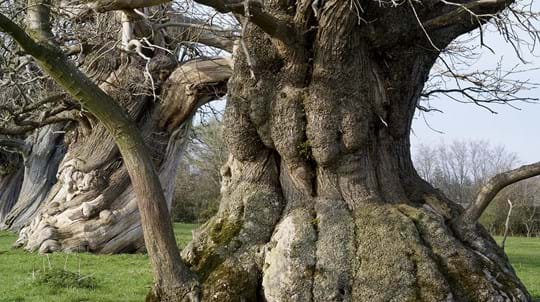
Trees woods and wildlife
How long do trees live? How old before they're ancient? Get the low-down on ancient trees and where to find them in the UK.
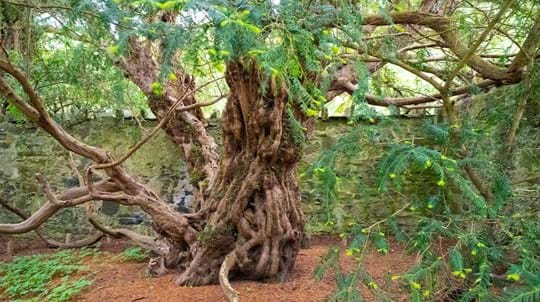
Blog
Charlie Mellor • 29 Jan 2024
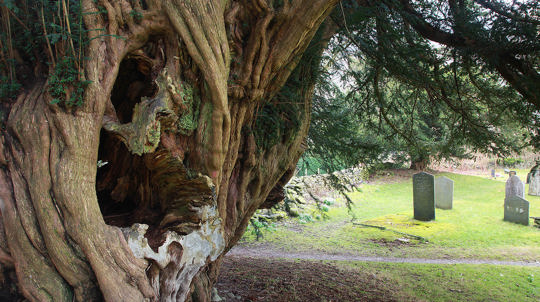
Blog
Sally Bavin • 28 Jul 2023
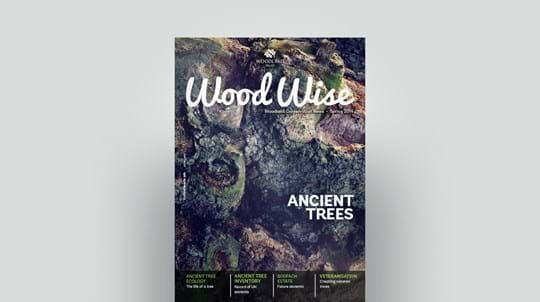
Journal
PDF (4.11 MB)
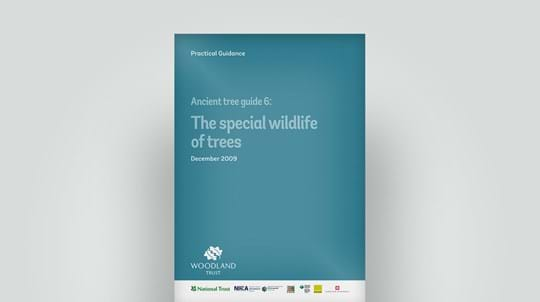
Practical guidance
PDF (1.70 MB)